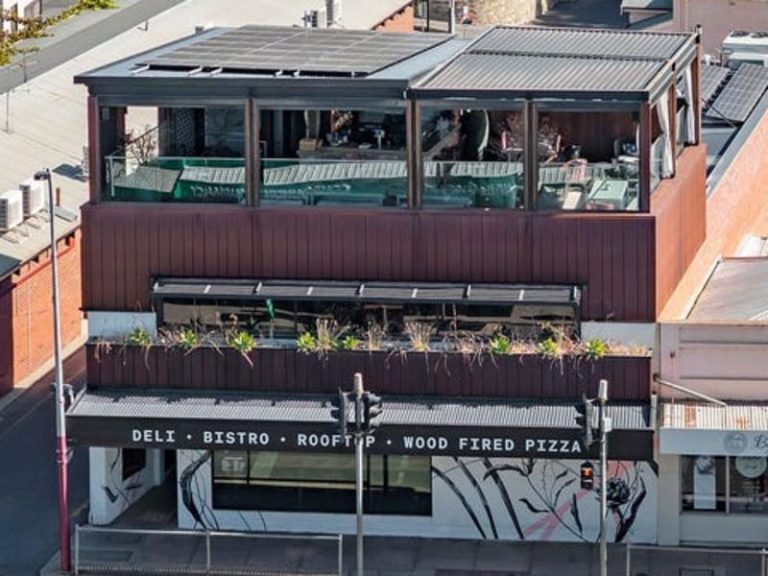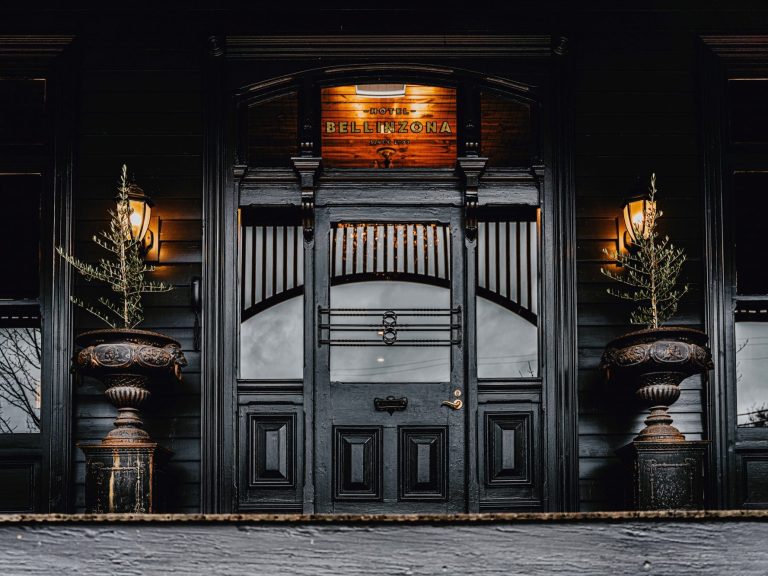An extra 11 office towers are needed in the Brisbane to cater for a surge in demand
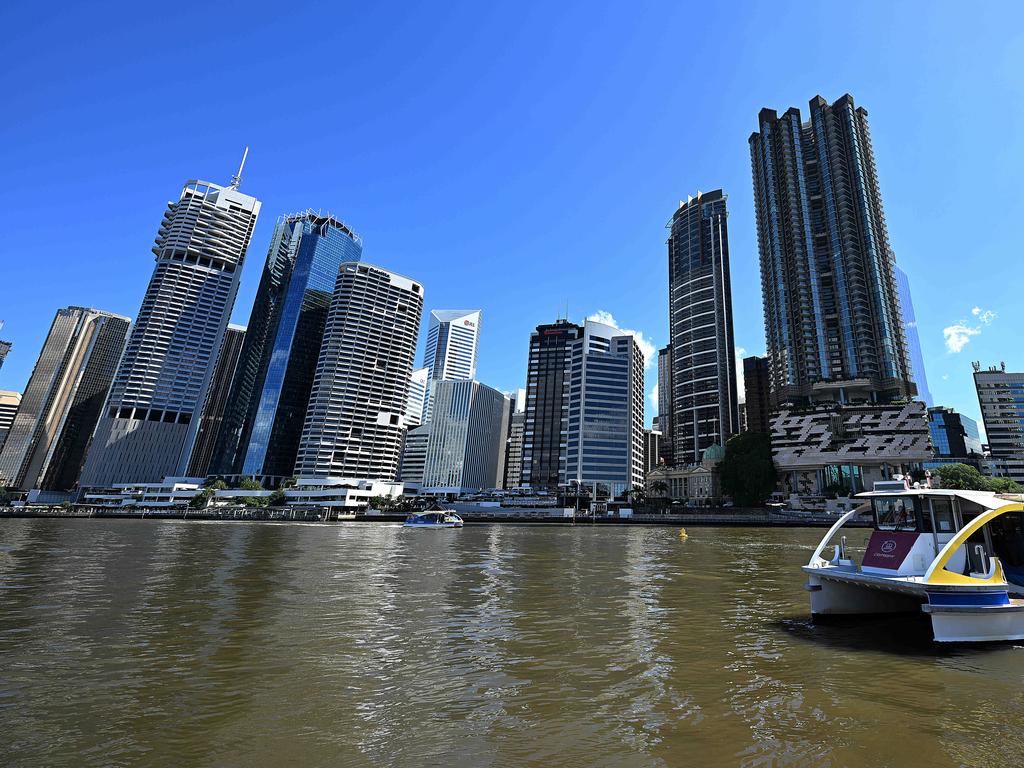
The Brisbane skyline from the Wilson Outlook and Kangaroo Point. Picture: Lyndon Mechielsen
The Brisbane CBD will extend to inner city precincts and will need to have an extra 11 towers built to cater for a surge in office demand up to 2032, according to research by Colliers.
Colliers Queensland’s report – Into the Golden Decade: Transformation of the Brisbane CBD – has forecast that up to 1.9 million square metres of stock will be required by the time the Olympic Games start 2032 to accommodate Brisbane’s growing population.
Colliers Queensland office leasing national director Matt Kearney said south east Queensland faced huge changes in the face of significant population growth and overseas migration, and the Brisbane CBD office market will be redefined.
“To accommodate future population growth we can’t fit into the CBD alone, we will see the CBD amalgamate with near city areas making the CBD a much larger footprint,” he said. “The Brisbane central business district is poised to face a significant shortage of office space by the time the 2032 Brisbane Olympic and Paralympic Games arrive.
“With 73 per cent of the state’s population residing in SEQ, the significant correlation between population growth and the expanding CBD office sector in Brisbane is clear.”
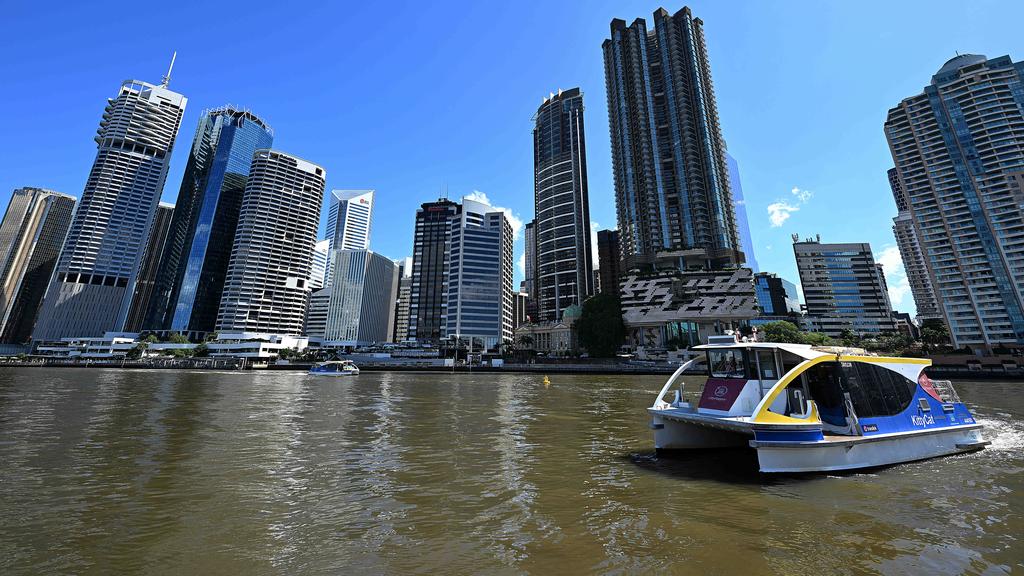
The Brisbane skyline from the Wilson Outlook and Kangaroo Point.
The CBD is on the northern bank of the Brisbane River and occupies an area of 1.367 square kilometres.
The report found that estimations based on benchmarks from Melbourne and Sydney suggest Brisbane will need between 1.5 million and 1.9 million square metres of new office stock. Over the past decade, Sydney CBD saw almost 1.3 million square metres of new stock, while Melbourne saw an addition of more than 1.4 million square metres to its CBD.
To cater for this demand an extra 11 office towers, equivalent to the size of the Cbus Property-owned state government leased 1 William St, which houses up to 6000 public servants, is needed.
The report found that the CBD could expand to near city areas such as Fortitude Valley, Spring Hill and Bowen Hills, with potential activation of areas such as Milton through proposed Olympics projects. The Cross River Rail will also activate the areas to the inner north and south.
Mr Kearney said there was a need for an expansion of office stock to accommodate the rising demand, particularly considering that, unlike other states with satellite cities, Brisbane sees a concentration of its workforce in the CBD.
“With only 205,700sq m of office stock in the pipeline and a considerable portion, 70 per cent, of this already pre-committed, added with the cost of construction and a severe shortage of labour, we have a situation where the office stock will not meet the projected white collar population if additional buildings do not enter the market,” he said.
According to the state government, the Brisbane LGA will grow by about 250,000 by 2032 and almost 500,000 by 2046, increasing the population to 1,721,000. Overall, an extra 2.2 million people will call south east Queensland home by 2046.
However, in the Brisbane CBD, there were just three premium office towers under construction – 205 North Quay which will be completed by the end of 2024; the 360 Queen tower by the middle of 2025 and the North Tower of Waterfront Brisbane will be finalised in 2028.
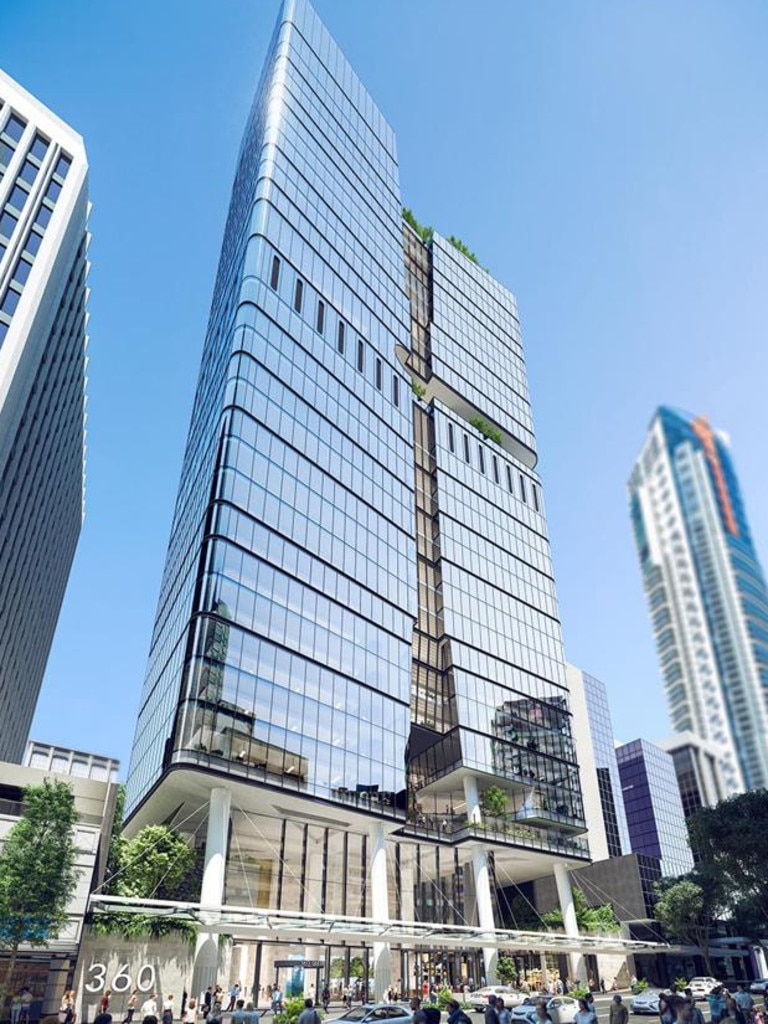
An artist’s impression of 360 Queen St in the Brisbane CBD.
Colliers Queensland senior research manager Pragya Sharma said in the coming years, heightened demand was anticipated, driven by the growth in white-collar employment and increased job opportunities resulting from population expansion.
“Deloitte forecasts show that the professional, scientific and technical services, public administration and safety, as well as financial and insurance services will remain the top employers over the next decade accounting for 84 per cent of the white-collar workforce,” she said.
“These sectors are also anticipated to be the fastest-growing in the CBD, and as these companies expand their workforce, there will be an increasing demand for office space.
“Additionally, national financial institutions link ANZ have shown increased interest in boosting the state’s tech sector by establishing a substantial tech hub in Brisbane and relocating a significant portion of their larger staff appointments to Queensland.”
In a property council survey over the six months to January 2024, Brisbane’s CBD vacancy rate increased fractionally from 11.6 per cent to 11.7 per cent. However, there are expectations the vacancy rate will dip below 10 per cent by the end of the year, with the premium and A-grade segments of the market performing the best – indicating a tenant flight to quality.
Tenant representation company Tenant CS said gross face rents in the Brisbane CBD were $1070sq m for premium, A-grade was $840/sqm and B-grade $705/sq m, well below Sydney and Melbourne. There are expectations premium rents will hit $1500/sq m by then end of the decade.
Colliers Queensland capital markets associate director Mitch Witherow said considering the current rental rates and the anticipated increases, it was highly likely more businesses, especially from the southern states, would take advantage of the opportunity to secure space in Brisbane.
“This is particularly true for larger corporations aiming to expand their presence in the state, given the city’s continuous growth,” he said. “The impending benefits associated with the lead-up to the 2032 Brisbane Olympic and Paralympic Games are likely to further motivate companies.”

